FS Colour Series: TERRA Inspired by Francis Bacon’s Deep Umber
British painter Francis Bacon made some of the rawest and most visually arresting images of the late 20th century. A true painter’s painter, Bacon embraced the viscous, tactile energy of oil paint, applying it in great streaks and swathes to emphasise the emotional impact of his brutally confrontational subjects. These included contorted bodies and faces, hybrid man-animal beasts and screaming faces emerging out of the shadowy depths of darkness. Deep shades of umber like TERRA were his go-to colours, selected for their earthy, brooding warmth that seems tied to the nature of human experience, in all its painful and contorted wonder.
Bacon was born in Ireland in 1909, the son of a horse-breeder. His childhood was filled with difficulties as he struggled to come to terms with his homosexuality, and eventually, he was evicted from the family home aged 16 after being caught trying on his mother’s clothes. With a small allowance, he was able to travel around London, Berlin and Paris and the freedom he discovered during this time gave Bacon the confidence to be his true self. After settling in London in the 1920s, he began pursuing a career in interior, furniture and textile design.
Bacon’s desire to paint grew slowly and steadily out this design work, and in his earliest oil paintings, we see the influence of the Surrealists, particularly Pablo Picasso’s late art. Looking back, Bacon even commented, “Picasso is the reason why I paint. He is the father figure, who gave me the wish to paint.” In 1937, Bacon took part in an exhibition titled Young British Painters, organised by the wealthy arts patron Eric Hall, but the negative criticism he received prompted Bacon to destroy almost all his early paintings.
During the Second World War Bacon stopped painting to take up duties in the Air Raid Precaution sector. But after the war Bacon found a renewed motivation to begin again from scratch with his art, and it was to become the most monumental period in his career. The 1950s were a particularly prolific period when he began making angry, raw paintings of contorted figures that expressed the angst and pain of postwar life. Bacon often looked back to the compositions and colours of classical Renaissance, Baroque and Dutch Golden Age paintings, updating them with his stylised and distinctive contortions. It was during this time that Bacon became a prominent figure in the School of London alongside Frank Auerbach and Lucien Freud, and together their expressive painting proved just how brutal and powerful a figurative language of painting could be.
Study After Velasquez, 1950, is one of many paintings Bacon made based on the composition of Diego Velasquez’s 1650 painting Pope Innocent X. Into the traditional portrait Bacon introduces macabre, prison-like bars of umber red that streak across the foreground like a constricting cage. He also gives his pope a gaping, screaming mouth, making him resemble a ghoulish ghost. Beneath the pain of Bacon’s image there is a strange beauty, as hypnotic shades of silvery blue seem to ripple in and out of the light, cut into with passages of red and white line.
In the later Seated Figure, 1961, we see Bacon exploring what would become his trademark distorted human forms, which seem to twist and turn in the space around them. The deep umber background lends this work a simultaneous quality of both decadence and unease; a quality further emphasised by the strange box-like form that encloses the figure in space.
Double Portrait of Lucian Freud and Frank Auerbach, 1964 pays homage to the two School of London painters Freud and Auerbach, who were close friends of Bacon. Each figure is twisted and distorted to become unrecognisable, or distinguishable from one another. Both seem to occupy the same space, painted in brilliantly bold shades of yellow and green. They recline on matching chairs that are a deep, contrasting shade of red-brown, and it envelops their bodies with human warmth and life. Self-portraits were another recurring feature in Bacon’s art, and he often painted his own face with Picasso-esque, surreal distortions to suggest a constantly moving state of flux, as seen in Self Portrait, 1971. Reds and browns dominate this curious and entrancing image, lending it a strange, intoxicating ambience, recalling the Dutch Golden Age portraits of Rembrandt that Bacon so admired.





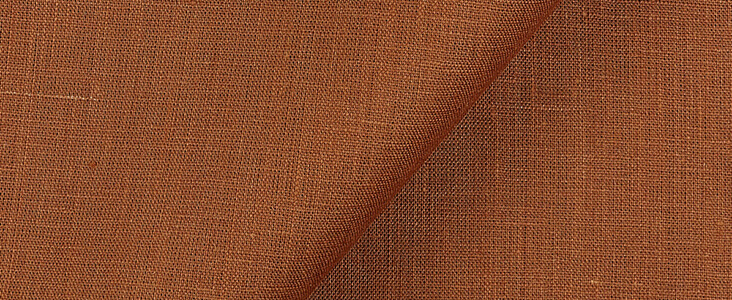
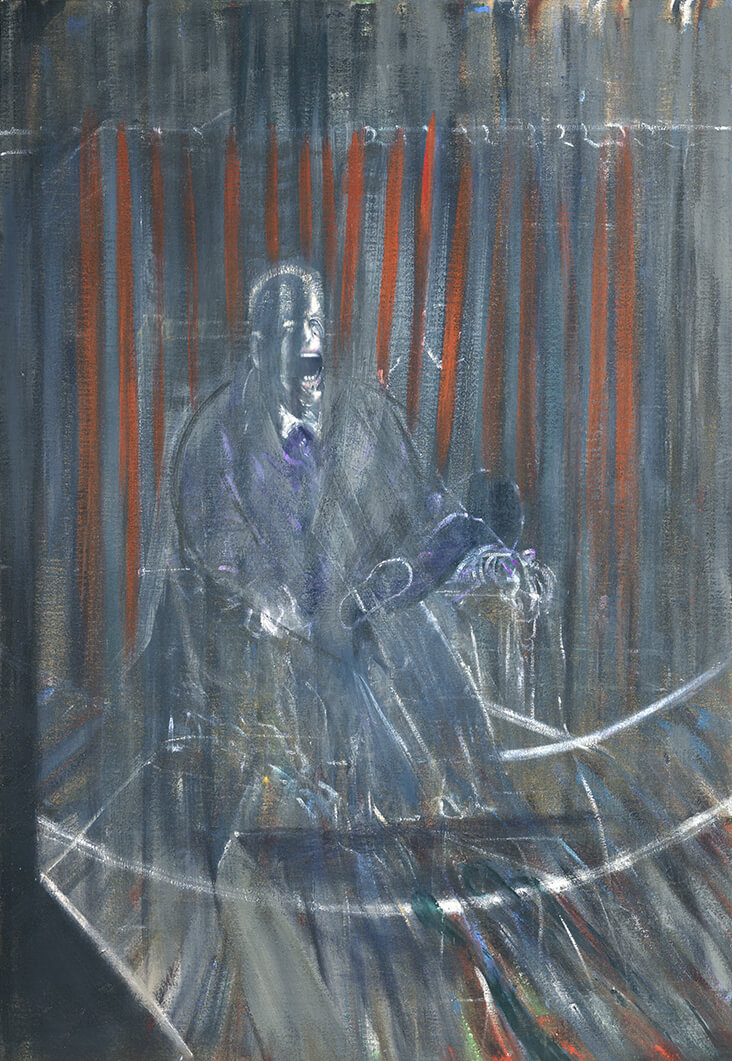
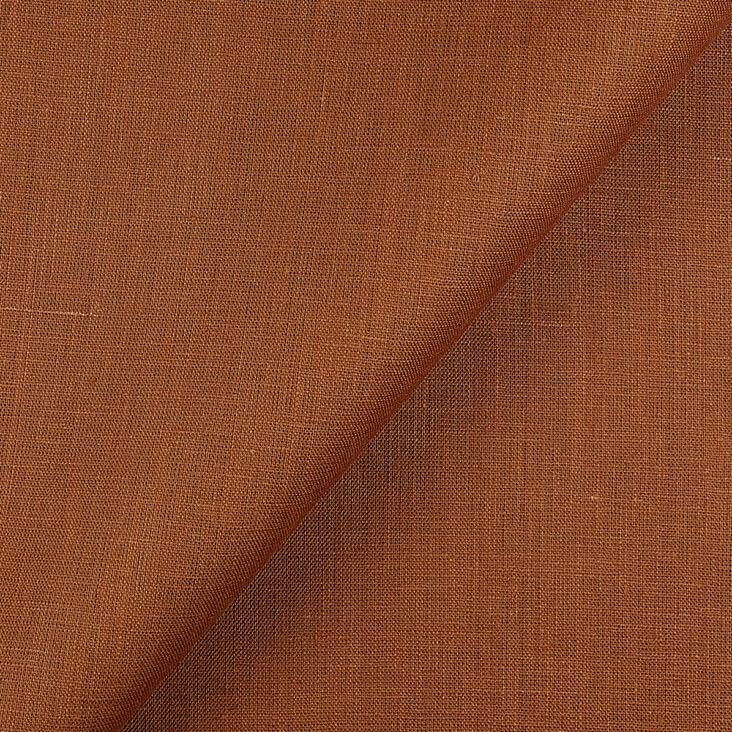
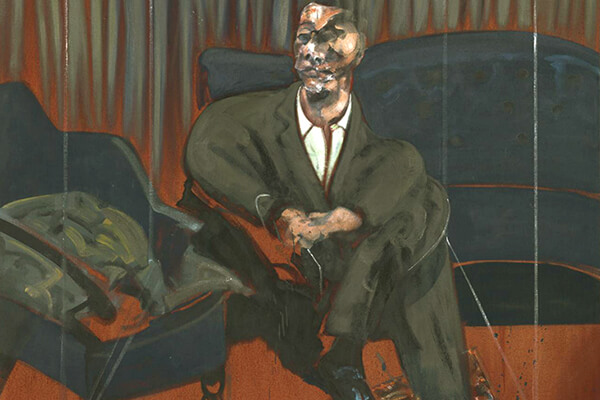
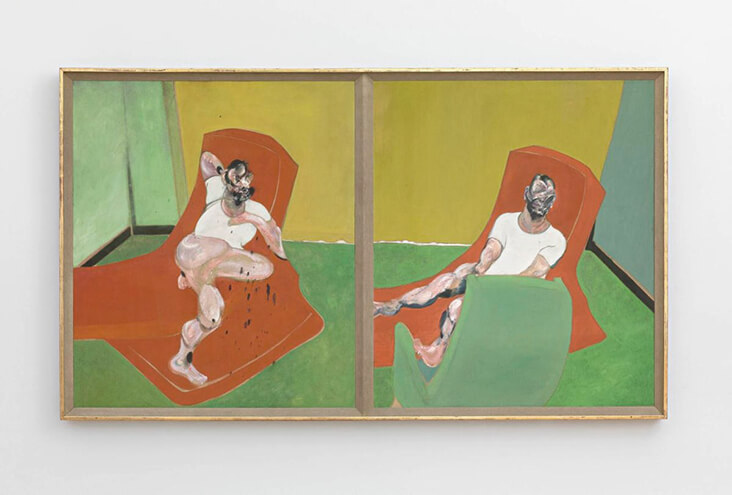





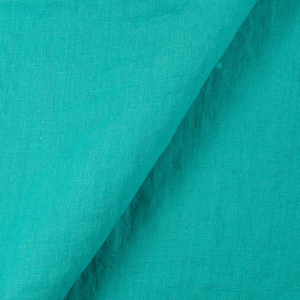


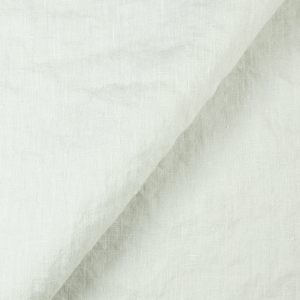

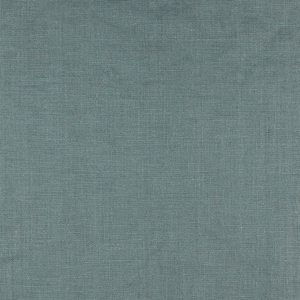






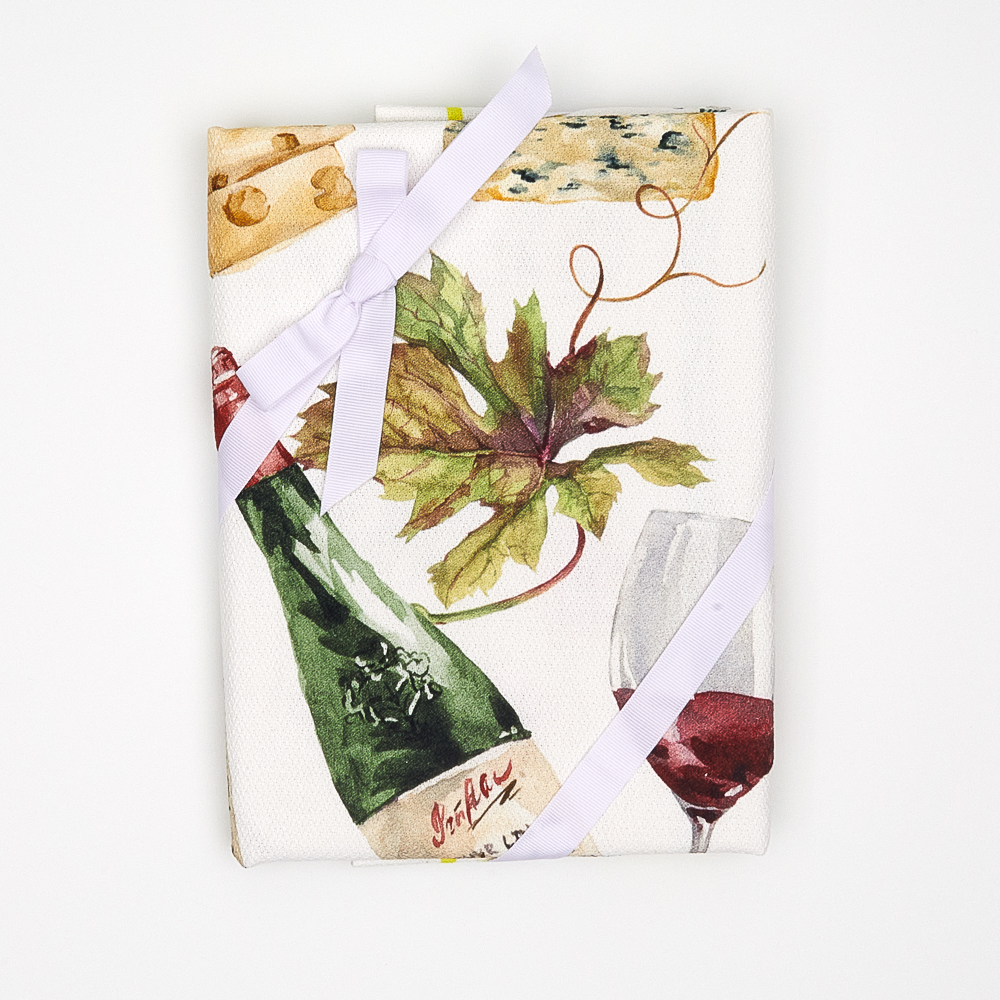













2 Comments
Vicki Lang
Bacon seems to be a tortured soul from his paintings. But he did inspire the rich color of the Terra linen. Thank you for your article.
Rosie Lesso
Absolutely – but I also think there is a curious beauty to his art underneath the pain…